Hasselblad X1D Preview - Bringing Medium Format to the Masses

Photography Blog attended yesterday's global launch of the Hasselblad X1D at the Gothenburg Museum of Art. As one of the first people outside of Hasselblad to actually get their hands on the X1D, here are my initial thoughts...
The new Hasselblad X1D has the potential to be one of the most revolutionary new cameras of recent times, housing a medium-format sensor in a mirrorless body roughly the same size as an APS-C DSLR. Billed as a "milestone product" by Hasselblad, it marks a radical move away from the critically lambasted Sony rebadges of recent times, marking a return to the company's core values and founder Victor Hasselblad's desire for a small, lightweight camera that takes incredible pictures.
Priced at $9000 / £7188 (inc VAT) body-only, in addition to the usual medium format players, the X1D is up against the likes of the Pentax 645D, Canon EOS 1DX Mark II, Leica SL and the Nikon D5 (amongst others).
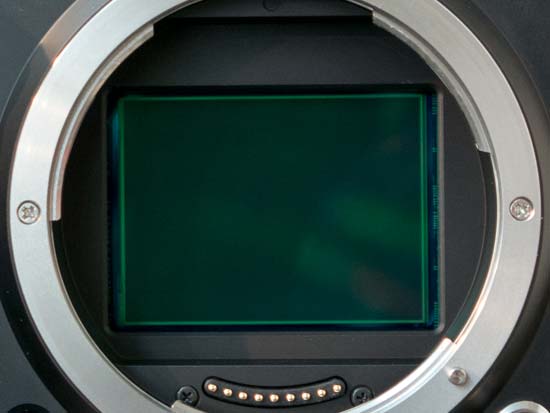
Sensor
Hasselblad have spent the last 18 months shrinking all of the components found inside a modern camera in a bid to shoehorn a medium format sensor inside a relatively small and compact body. Bigger is nearly always better when it comes to sensor size, and what was formerly the preserve of traditional large, bulky medium format cameras like the company's own H6D can now be carried around in a shoulder bag. The much smaller and cheaper Hasselblad X1D promises to deliver the same image quality as the H6D, which at $26,000 is a substantial investment for any photographer.
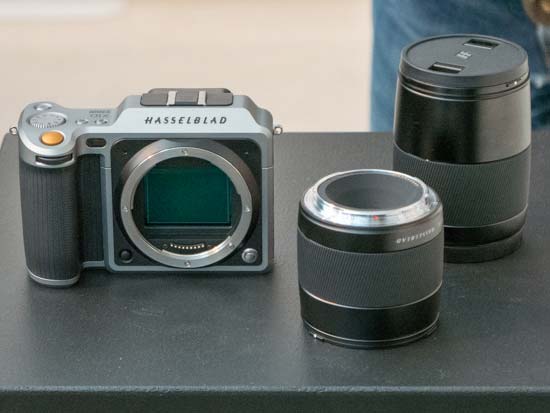
Lenses
A brand new lens range, dubbed XCD, has been launched alongside the X1D camera, produced not by Hasselblad themselves, but by a Japanese company called Nittoh. Hasselblad told us that the XCD lenses will deliver the same image quality as their H-system equivalents. 45mm and 90mm focal lengths are available at launch, with a third 30mm optic due to launch at Photokina in September. The X1D is also compatible with all 12 lenses and accessories from the H system via the optional X-H adapter.
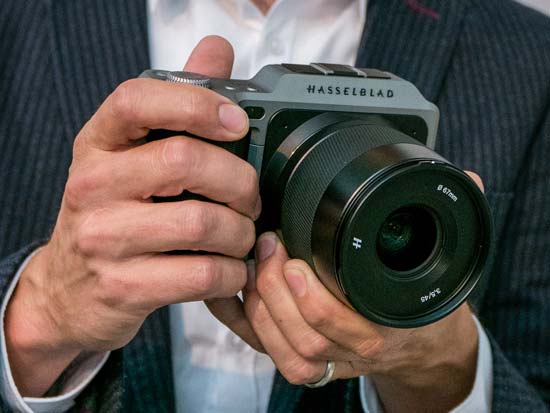
Size and Weight
Picking up the Hasselblad X1D for the first time is an eye-opening experience. Weighing just 725g and feeling instantly at home in my medium-sized hands, it's only when you remove the lens and see the massive sensor inside that you begin to appreciate what a marvel of engineering the X1D actually is.
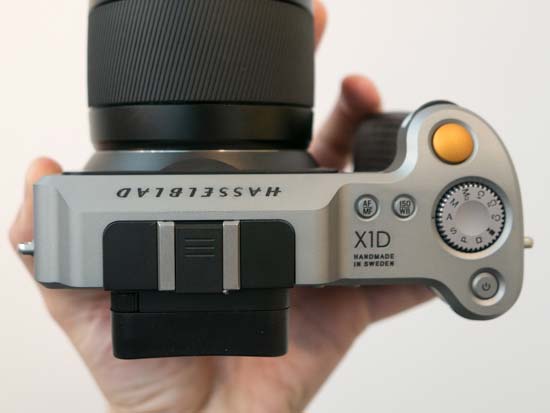
Build Quality
Constructed from four pieces of solid aluminium, the Hasselblad X1D is impeccably built, with no flex at all in any area. It's also dust and weather -proof, too, making it well suited to life outside the studio, not something that you can say about most medium format cameras.
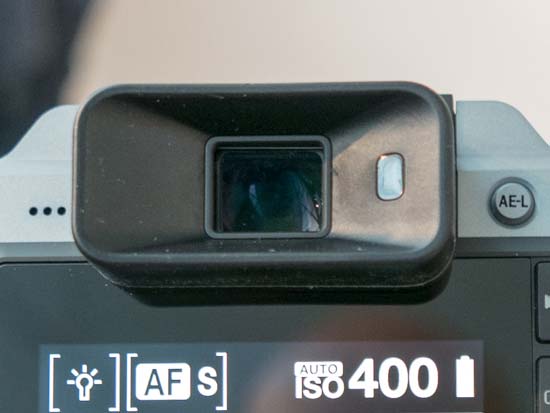
Electronic Viewfinder
Rather than a traditional optical viewfinder, the X1D employs an electronic unit from Epson with 2.36million dots. This isn't the best EVF that Epson produce, and it did gain up a little in low-light, but you get all the in-screen information and compositional benefits that an EVF offers.
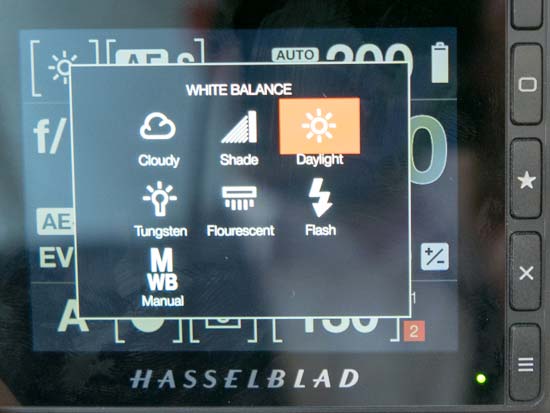
Touch-screen
With only a few physical controls, the X1D relies quite heavily on its rear touchscreen LCD, with the ability to change the camera's key settings by swiping down to reveal a control panel, then tapping to dive down into each option. You can even set the aperture and shutter speed by on-screen scales, although I much preferred using the camera's traditional front and rear control dials. In playback there's the usual phone-like pinch to zoom in/out, and although it was missing from the early unit that I tried, Hasselblad told me that tapping the screen to set the autofocus point and maybe even fire the shutter too would definitely be added at some stage.

Focusing
Utilising a contrast-based AF system, it's fair to say that the X1D isn't the quickest of cameras to auto-focus, taking about 2-3 seconds to lock on to the subject in the dimly lit room that we tried it out in. We also noticed a few misfocuses, where the camera displayed a green box rather than a red cross to say that focus was good, but the subject actually turned out to be out of focus when viewed on the LCD. Finally, the early prototype only had one central AF point, with a Hasselblad representative telling me that more selectable points will be available on the shipping camera.

Speed
As with the auto-focusing system, the start-up speed of the early units that we got to try out wasn't great, taking several seconds to display the Hasselblad logo and being ready to take the picture. Otherwise, the general operation of the camera was snappy enough, if not blindingly quick, with the 2.3fps continuous shooting rate for RAW+JPG being pretty good for a medium format camera.
Firmware
Whereas the design of the the test cameras seemed pretty final, they were only running a very early firmware version with lots of missing features, so hopefully the X1D will focus and operate more accurately and precisely when it starts shipping at the end of August.
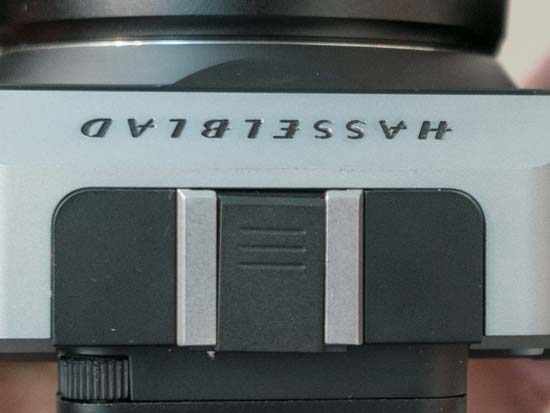
Flash
The X1D has a top flash sync speed of 1/2000sec, and because the lenses use a leaf-shutter design, every shutter speed can be used with flash. Interestingly, the X1D utilises a hotshoe that is compatible with Nikon flashguns, with a Hasselblad representative telling me that they simply didn't want to have to go through the hassle of designing their own flash system. There's no X-sync socket on thsi camera, though, so you'll probably choose to use a third-party wireless solution to control your studio lights.
Early Verdict
Trying to shoe-horn the key elements of the H6D into a camera half the size, whilst hand-making it in Sweden rather than the Far East, is certainly no mean feat, but Hasselblad seem to have largely pulled it off with the new X1D. Certainly, the camera's build quality is outstanding, the size and weight surprising, and the image quality should be exemplary. A few questions remain about the handling and responsiveness, but then I only had an hour or so with a camera running very early firmware, so it's difficult to draw too many concrete conclusions. That was long enough, though, to realise that the Hasselblad X1D could be a game-changer for a company that has struggled in recent times.
What do you think? Does the Hasselblad X1D appeal to you? Let us know in the Comments section below...

Loading comments…